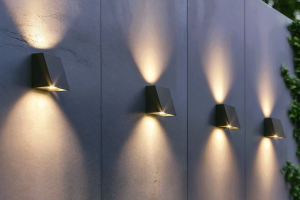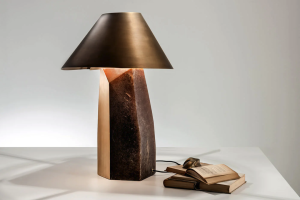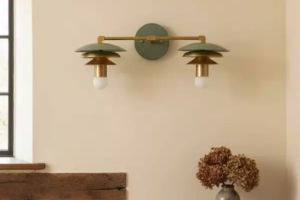Introduction
Light is a critical element of our environment. Not only does it serve vital biological functions such as regulating our circadian rhythm and vitamin D synthesis, but it can also have a profound impact on our emotions and psychological well-being. In recent years, there has been growing interest in the concept of emotional lighting, which refers to the use of lighting to elicit specific emotional responses and enhance our mood. This article will explore the concept of emotional lighting and its potential benefits, as well as the various techniques and technologies used to achieve it.
The Benefits of Emotional Lighting
The use of emotional lighting is grounded in the belief that light can directly influence our emotions and mental state. For example, exposure to bright, blue-enriched light during the daytime can help us feel more alert and energized, while warmer, dimmer light in the evening can promote relaxation and sleep. Studies have also shown that colored light can have a significant impact on our emotions, with warmer hues such as red and orange promoting excitement and energy, while cooler hues like blue and green creating a sense of calm and serenity.
Boosting Mood and Productivity
One of the most apparent benefits of emotional lighting is its ability to positively impact our mood and mental state. By utilizing lighting with the right color temperature and intensity, it can help to create an atmosphere that promotes positivity, relaxation, or energy, depending on the desired effect. This is particularly relevant for individuals who spend a significant amount of time indoors, such as office workers, who can experience improved productivity and job satisfaction with the right lighting.
Enhanced Aesthetics
Beyond its psychological benefits, emotional lighting can also significantly enhance the aesthetics of a space. By carefully selecting the lighting technology and color scheme, designers can create unique and visually striking environments that stimulate the senses and engage the viewer. This is particularly powerful in retail and hospitality settings, where the ambiance and atmosphere can significantly impact the customer experience.
Techniques and Technologies of Emotional Lighting
There are various techniques and technologies used to achieve emotional lighting, each with its unique advantages and considerations. Some of the most common methods include:
LED Lighting
LED technology has revolutionized the lighting industry, providing a highly efficient and adaptable lighting solution that is ideal for emotional lighting. LED lighting can be precisely controlled, allowing for the adjustment of color temperature, brightness, and color saturation. LEDs are also incredibly energy-efficient, making them an eco-friendly choice for environmentally-conscious projects. Additionally, with the advent of tunable white and color-changing LEDs, designers now have even more options for creating dynamic and engaging lighting schemes.
Smart Lighting Systems
Smart lighting systems are another popular technology used to enhance emotional lighting. These systems utilize sensors, timers, and programmable controls to adjust lighting conditions automatically, optimizing the environment for the desired effect. Systems can be set up to adjust light levels and color temperature based on the time of day, occupancy, and customer preferences, creating a dynamic and personalized experience.
Color Psychology
Color psychology is the study of how color affects human behavior, mood, and mental state. By utilizing knowledge of color psychology, designers can select lighting color schemes that evoke specific emotional responses, such as excitement, comfort, or relaxation. A common example is the use of blue light in healthcare settings, which has been shown to promote relaxation and sleep, making it ideal for patient rooms.
Conclusion
Emotional lighting is a powerful and increasingly popular tool for improving psychological well-being and enhancing the built environment. By utilizing the right techniques and technologies, designers can create unique and engaging spaces that promote positivity, productivity, and relaxation. Whether in the workplace, hospitality, retail, or healthcare settings, emotional lighting has the potential to transform our environment and enhance our quality of life.



More Posts
Stunning Vintage Opaline Lights: Illuminating Homes with Timeless Elegance
Bringing Versatility to Light: Exploring the Benefits of Dual Light Technology
Shining Light on E14 Bulbs: The Ultimate Guide to Understanding and Using Them